From April 28 to May 1, the 3rd Session of Technical Working Party on Testing Methods and Techniques (TWM), organized by International Union for the Protection of New Varieties of Plants (UPOV) and hosted by Institute of Vegetables and Flowers of Chinese Academy of Agricultural Sciences, was successfully held in the Auditorium of the National Agricultural Library of China Academy of Agricultural Sciences.
Participants from 40 countries (organizations) around the world attended the meeting. 27 international guests and more than 30 Chinese representatives attended the meeting in person. Yan Li, Development Center of Science and Technology, the Ministry of Agriculture and Rural Affairs, and Jianren Zhou, Science and Technology Development Center, National Forestry and Grassland Administration, attended the meeting and delivered speeches. Nuria Urquia Fernandez, Vice-president of the Community Plant Variety Office of the European Union and Chair of the TWM3, presided over the meeting. Leontino Rezende Taveir, Official of UPOV on Global Development and Technical Affairs, attended the entire meeting and elaborated on UPOV’s principles regarding relevant topics. International organizations such as Organization for Economic Cooperation and Development (OECD), the International Seed Federation (ISF), CropLife International, the International Community of Breeders of Asexually Reproduced Fruit tree and Ornamental varieties (CIOPORA), and the Seed Association of the Americas (SAA) also attended the meeting, engaging with UPOV in discussions on establishing new mechanisms for cooperation. Kou Zhanying, Executive Director General of the Institute of Vegetables and Flowers, attended the TWM3 on behalf of the host organization.
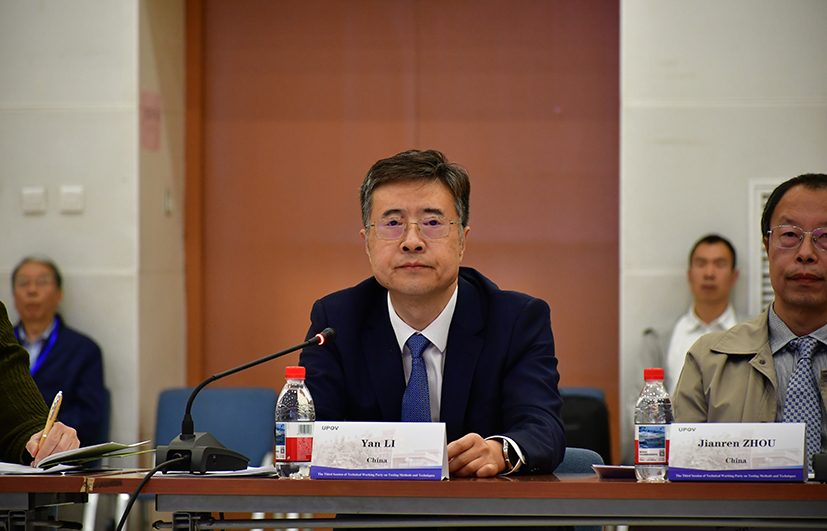
Figure 1 Yan Li delivered an opening remark in the 3rd session of TWM

Figure 2 Jianren ZHOU delivered an opening remark in the 3rd session of TWM
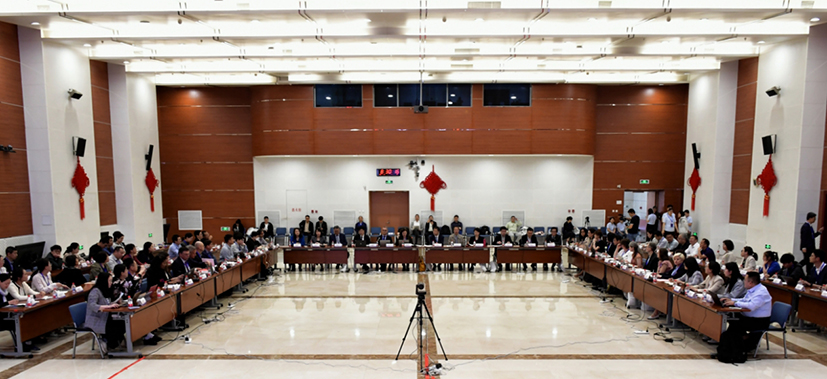
Figure 3 Scene of the 3rd Session of TWM
The conference included four technical visits and 43 reports, covering the latest advances in the application of cutting-edge technologies such as statistical analysis, molecular fingerprinting, image recognition, artificial intelligence, and big data in plant variety testing and the identification of essentially derived varieties (EDVs). Representatives from various countries not only shared their latest research finding, but also engaged in extensive and in-depth discussions on the general principles and key considerations for technology application. China’s research achievements, including the exploration of genome-wide SNP marker-based methods for identifying EDVs in wheat, as well as the development of AI-based phenotypic image recognition technologies and platforms, were highly praised by both domestic and international participants for their significant effectiveness in improving the accuracy and efficiency of variety identification. These accomplishments highlight China's technological capabilities and innovation in this field.
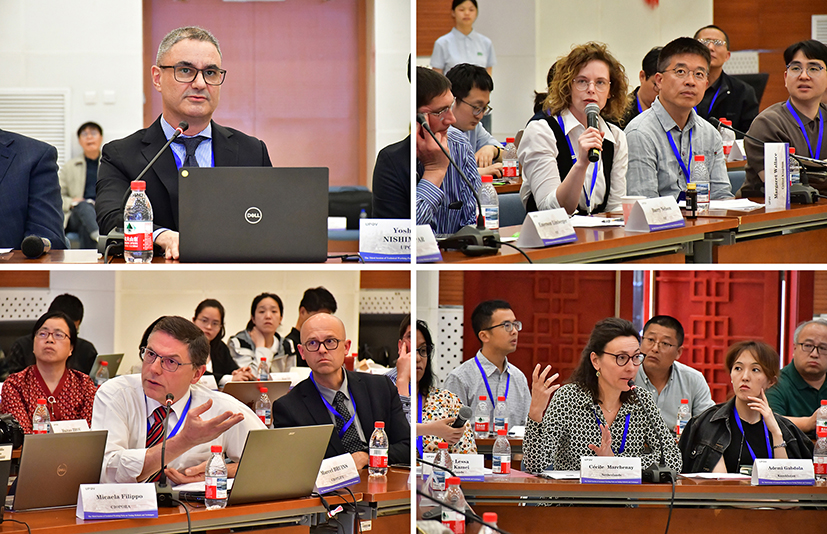
Figure 4 Reports and Discussions
Through in-depth exchanges, the meeting reached an important consensus: information and biotechnology, represented by artificial intelligence and whole-genome sequencing, are developing rapidly and play a significant role in interpreting traditional traits and improving the accuracy and efficiency of variety testing. These technologies should be actively embraced, explored, and applied. Strengthening international cooperation is of great significance to advancing the DUS testing sector. Countries around the world should actively engage in multilateral and bilateral collaboration in the field of plant variety testing, and promote coordinated development and mutual benefits through joint efforts in institutional frameworks, concepts, technological innovation, and product development. Cooperation with international organizations related to the seed industry is also of vital importance. It is necessary to harmonize terminology and standards, and establish a regular information exchange platform to effectively protect breeders' rights and jointly promote high-quality development of the global seed industry.
To fully showcase China's achievements in variety protection and testing technology, the Institute of Vegetables and Flowers of Chinese Academy of Agricultural Sciences held an international workshop on Methods and Techniques of DUS Testing for Plant Varieties from April 26 to 27, invited 15 experts at home and abroad to engage in in-depth exchanges on technological advancements and share experiences in international cooperation. It provided a valuable learning opportunity for nearly 100 Chinese professionals in plant variety testing and seed inspection. On the occasion of the workshop, international guests are invited to visit the Institute and exchange insights on related topics.
The TWM3 is not only a platform to show the latest achievements of DUS testing technology, but also points out the direction for the future self-reliance and intellectual property protection of agricultural science and technology. With ongoing technological advancements and policy improvements, these outcomes will provide solid technical support and institutional safeguards for achieving sustainable agricultural development. Moreover, the successful hosting of this event highlights China's active role in global agricultural science and technology cooperation and exchange, builds an important bridge for international knowledge sharing and collaboration. More importantly, the outcomes of this meeting will directly support the implementation of the Regulations on the Protection of New Plant Varieties, laying a solid foundation for the formulating scientific, feasible and operational EDV implementation standards.
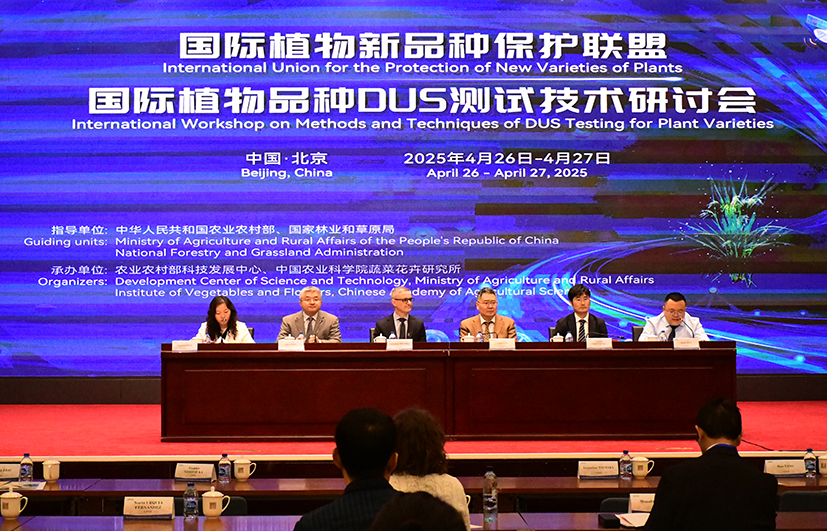
Figure 5 Vice Director Zhai Yanning delivered an Opening Remark in the International workshop
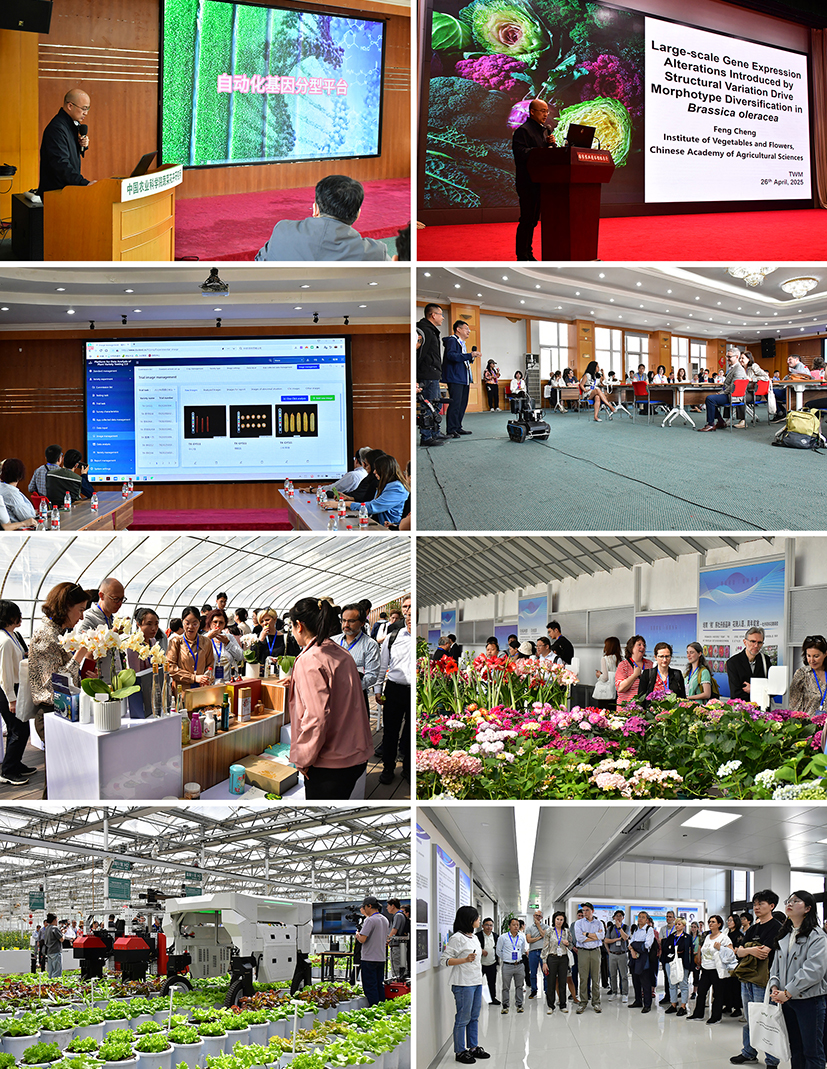
Figure 6 Technical Visits and Exchanges
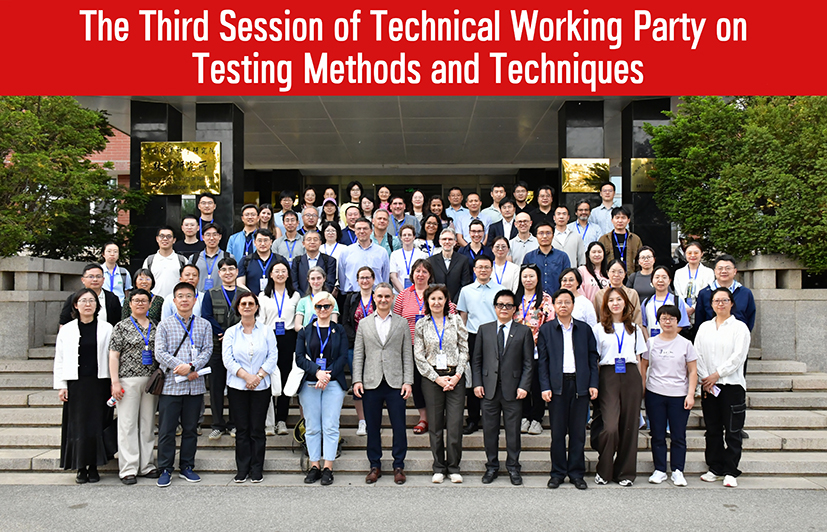
Figure 7 Group Photo of the 3rd Session of TWM
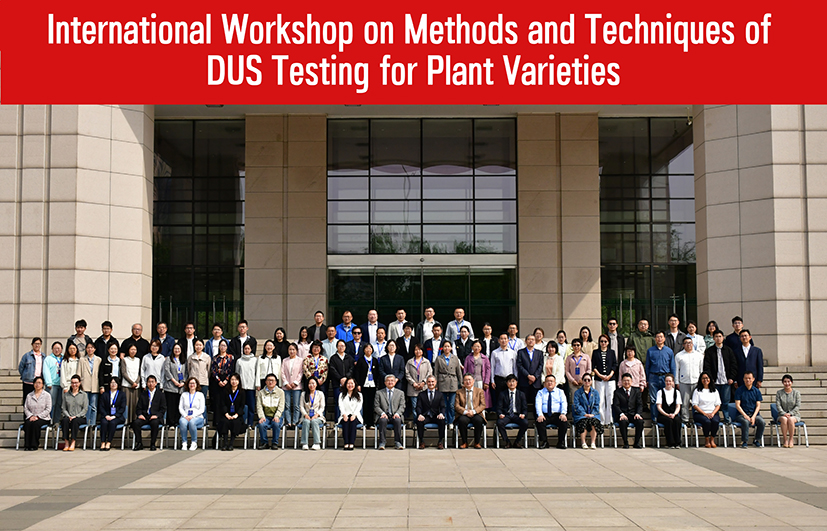
Figure 8 Group Photo of International Workshop